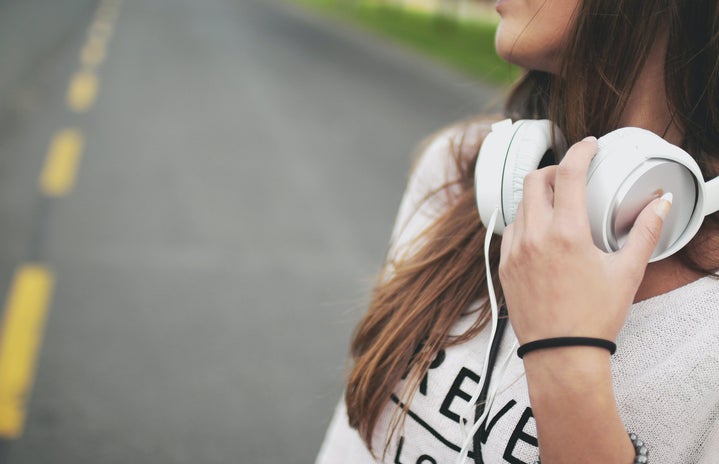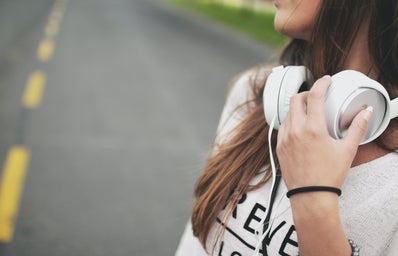Benito Antonio Martínez Ocasio, most commonly known as Bad Bunny, is a Puerto Rican trap artist that has risen at an incredibly fast rate. Raised in Vega Baja, this young artist’s fame has steadily grown from performing in small shows on local events around the island to selling out arenas within minutes. From his humble beginnings as a supermarket employee, Mr. Martínez has become a symbol for those who “want to make it” in the music business. With millions of followers around his social media platforms, Bad Bunny has, I believe, become a Puerto Rican icon that many look up to, specially the Puerto Rican youth that listens to his music.
Only 25, he has become a source of inspiration as well as a style icon, presenting a unique sense of fashion that represents him and makes him stand out from similar artists.
Even the island’s governor was influenced by his growing popularity, asking for another concert day and even granting a selected group of students free tickets to one of Benito’s concerts.
This action was met with divisiveness within Puerto Ricans, exposing the controversy that this artist holds, in regards to his music.
With every lyric that can be heard whenever you walk across a street, there is a sigh or displeased look to meet it. Nevertheless, it’s difficult to deny that Bad Bunny’s presence on the island is strong. From fans to critics, I believe that he has become a household name in Puerto Rican families. It’s not hard to see why he and his fans refer to it as “the new religion”.
Many Puerto Ricans identify with his story and, even though some may disagree with his message, I think that his music reflects our ever-changing culture. It reflects upon the times we are living in and exposes realities that few might be aware of. Because of this, between other reasons, I believe that multiple groups have adopted him as a symbol of Puerto Rican culture and as a face that represents us around the globe.



